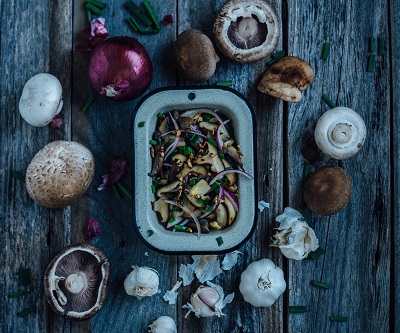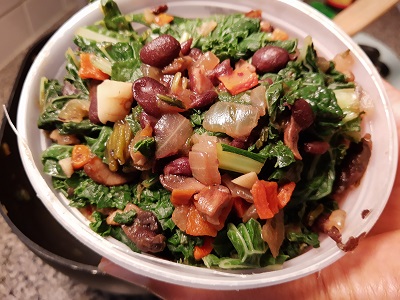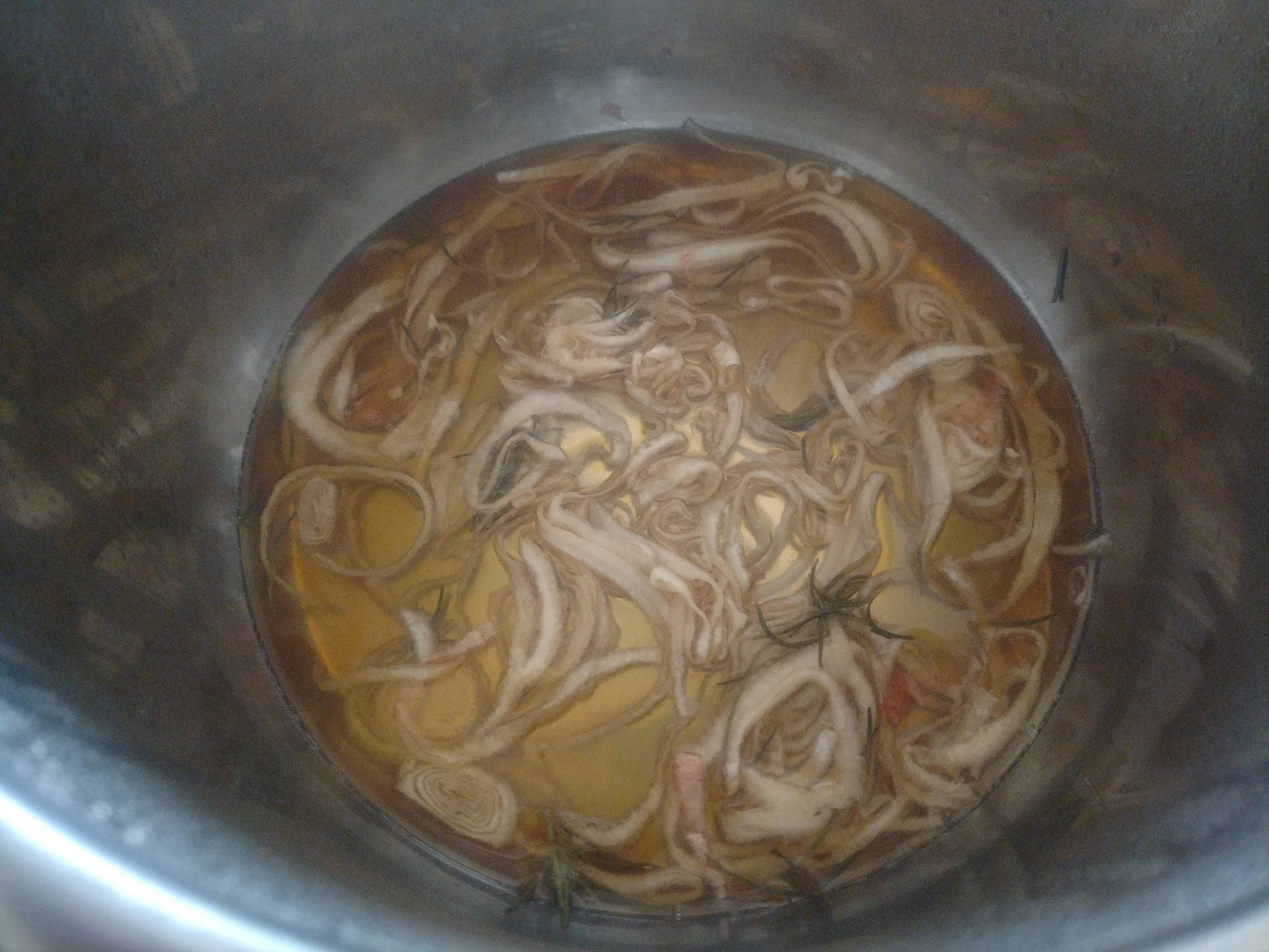Podcast Episode 13 – Immunity – The ‘O’ and ‘M’ in G-BOMBS
‘O’ is for onions and ‘M’s is for mushrooms in the acronym G-BOMBS. Using onions and mushrooms in preparing our foods not only adds great flavors but are also healthy ways to support our immune system. G-BOMBS defined: G = Greens, B = Beans, O = Onions, M = Mushrooms, B = Berries, and S […]
Continue Reading

